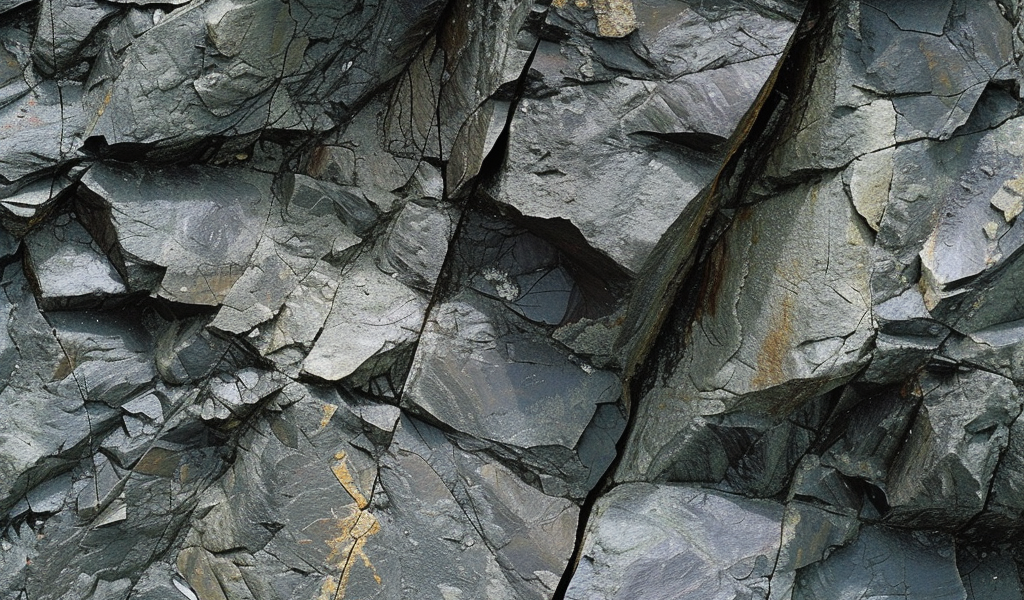Researchers from Penn State University and Brown University have made a significant breakthrough in understanding the behavior of tectonic plates in subduction zones between earthquakes. By studying ancient rocks from subduction zones in Alaska and Japan, the team has developed a new model to predict pressure solution activity in these zones, as reported in the journal Science Advances.
The study focused on the deformation of sedimentary rocks under pressure, which occurs when tectonic plates collide. The researchers found that when rocks are subjected to intense pressure, the grains within them dissolve at their boundaries, creating pressure solution. This process ultimately influences the movement of tectonic plates.
Donald Fisher, professor of geosciences at Penn State, explained the phenomenon by likening it to ice skating, where the blade melts the ice to allow movement. In rocks, stressed contacts cause quartz grains to dissolve, and the material then moves to cracks where it solidifies, affecting the deformation of the rocks.
Subduction zones are known for producing the world’s most powerful earthquakes, as the plates’ movement can lead to the accumulation of stress in the Earth’s crust. When the stress surpasses the friction between the plates, an earthquake occurs. Fisher emphasized the significance of pressure solution in these zones, stating that it can impact the accumulation of elastic strain in different parts of the seismogenic zone.
However, Fisher noted that studying pressure solution in the laboratory is challenging due to its slow occurrence over thousands to millions of years. The team’s findings provide valuable insights into the behavior of subduction zones between earthquakes, offering potential for improved predictions of tectonic activity in these critical geological areas.





